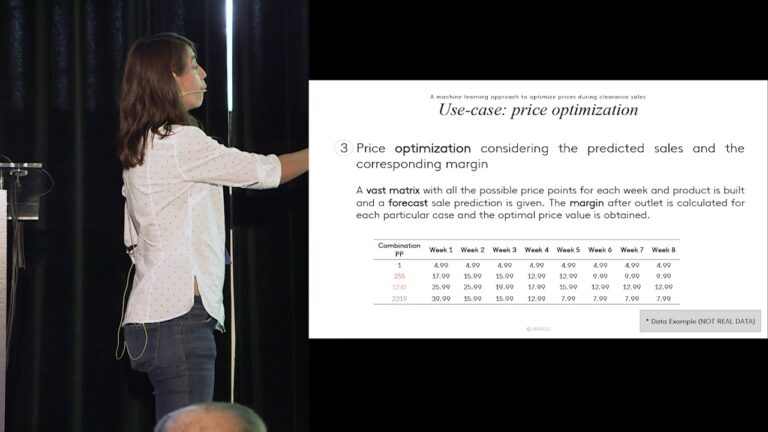Learn more about a Machine Learning Approach to Optimize Prices During Clearance Sales at Mango to Maximize R`evenue Derived from Unsold Merchandise Based on Random Forest Model.
MANGO is deeply involved in a digital transformation to bring more excellence to retail and create a customer-centric organization. We have been working on different actions and projects to become a data-driven organization, to obtain a reliable, high-quality and unequivocal data platform, to ensure all of our decision-making is backed up by quantitative information and data, and to develop advanced analytic skills and apply them to MANGO’s different business areas with high impact on the results.
Following these premises, the Advanced Analytics department is using data science and machine learning algorithms to obtain insights, build a stronger business and give more value to our clients. One of our biggest challenges has been the optimization of clearance pricing. Clearance sales occur biannually following the regular selling season, at the beginning of January for the Fall/Winter season and in late June for the Spring/Summer season.
Their generic goal is to maximize the revenue derived from merchandise that is still unsold when a new collection is about to be introduced. Using a machine learning approach, we have implemented a random-forest model able to predict the demand for each item and an optimization model to accordingly obtain the ideal price point to be used during each week of the clearance season (generically 8 weeks).
To do so, we take several factors into account, including the whole product life-cycle including fabrication, variable costs, and inventory left over, among others. The algorithm has been tested during the past 2 clearance periods with successful results. In this talk, we will describe the development and tools used during the implementation of this project and we will present the performance and impact obtained.
Data Council
ABOUT THE SPEAKER Carmen Herrero is a Data Scientist Lead at MANGO. Before joining the retail giant, she was a data scientist at Eurecat, working on projects related to mobility, tourism, and smart cities. She previously worked as a data analyst and researcher, and had started her career at the Marine Science Institute in Barcelona, where she obtained a Ph.D. in physical oceanography, studying the effect of the ocean on climate.


